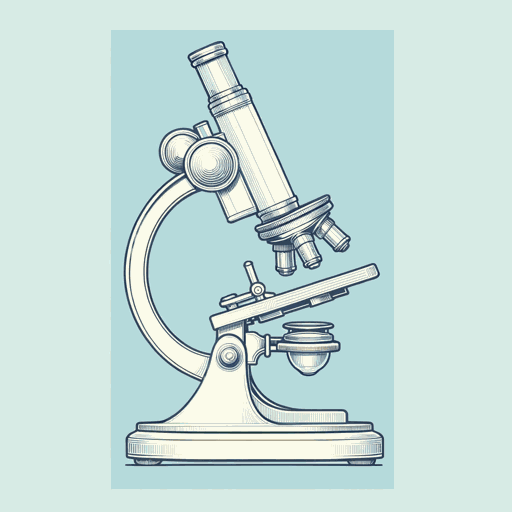71 pages • 2 hours read
Siddhartha MukherjeeThe Song of the Cell: An Exploration of Medicine and the New Human
Nonfiction | Book | Adult | Published in 2022A modern alternative to SparkNotes and CliffsNotes, SuperSummary offers high-quality Study Guides with detailed chapter summaries and analysis of major themes, characters, and more.
Important Quotes
“A life within a life. An independent living being—a unit—that forms a part of the whole. A living building block contained within the larger living being.”
(Prelude, Page xiv)
In this passage, Mukherjee defines the cell, which is the key focus of his book. The cell is the building block from which living beings emerge. As Mukherjee meticulously documents, the coordination of cells enables organs to fulfill their functions (e.g., cells enable the heart to beat); a functioning immune system stems from cell specialization, humans form thoughts from cells firing, and pathologies occur when cells malfunction. Without cells, humans wouldn’t exist.
“This book is not about hunting for a cure or deciphering a code. There is no single adversary. Its protagonists want to understand life by understanding a cell’s anatomy, physiology, behavior, and its interactions with the surrounding cells. A cell’s music. And their medical quest is to seek cellular therapies, to use the building blocks of humans to rebuild and repair humans.”
(Introduction, Pages 14-15)
Here, Mukherjee succinctly summarizes the crux of his book. He documents the history of discovery of fundamental properties of life related to cells (e.g., reproduction). Once he tells these stories, he discusses how the discoveries transformed cellular technology. Each new discovery gets humans closer to understanding cells and thus what it means to be human. In addition, these discoveries are altering the view of humanness and how humans live.
“The basement of Paris’s hospital Hôtel-Dieu, where decaying human cadavers were dissected, was a dingy, airless, badly lit space with half-feral dogs roaming underneath the gurneys to gnaw on the drippings—a ‘meat market,’ as Vesalius would describe one such anatomical chamber. The professors sat on ‘lofty chairs [and] cackle like jackdaws,’ he wrote, while their assistants hacked and tugged through the body at random, eviscerating organs and parts as if pulling out cotton stuffing from a toy.”
(Chapter 1, Page 20)
One key focus of Mukherjee’s is to trace the history of medicine and the individuals that helped propel its advancement. Vesalius, a Flemish scientist and anatomist, was one such individual. He was extremely dissatisfied with the field of anatomy in the 16th century. He believed that anatomists didn’t know what they were doing and simply “hacked and tugged through the body at random” based on inaccurate and outdated anatomical teachings from the Roman era.
Related Titles
By Siddhartha Mukherjee



